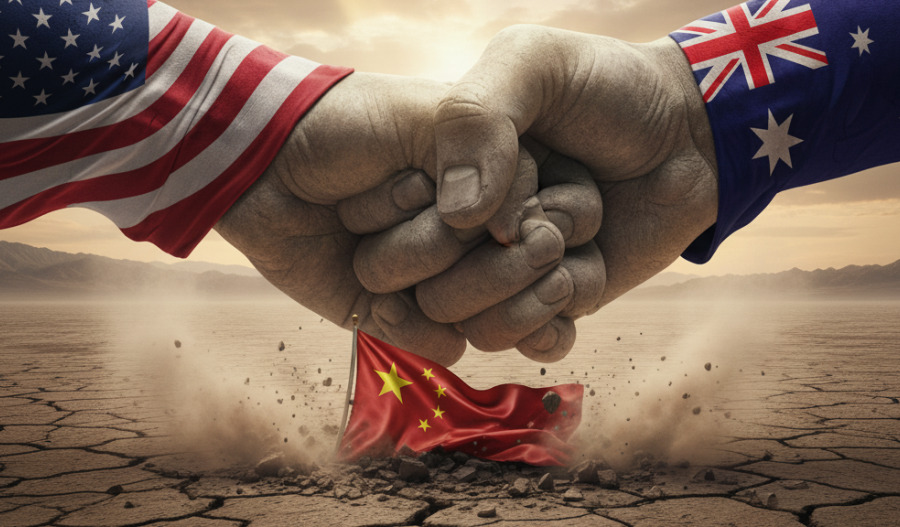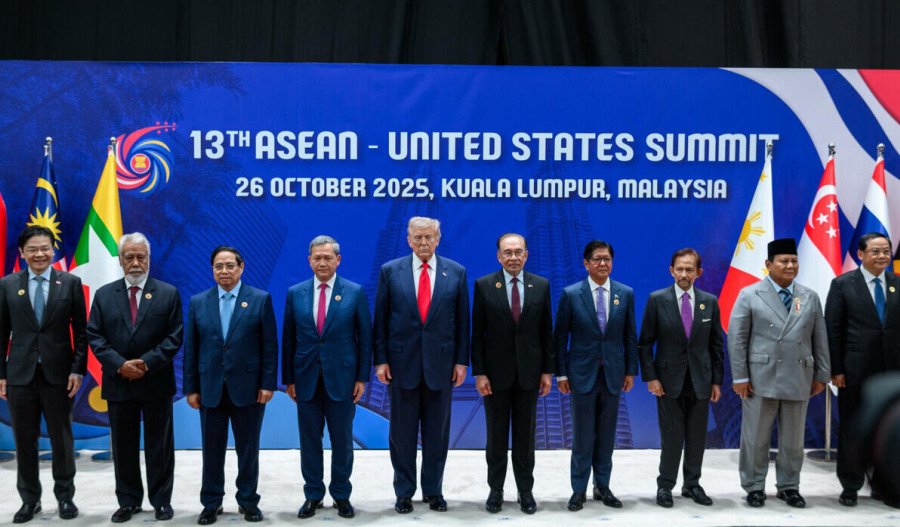While ASX-listed critical minerals stocks have been on a tear following the United States-Australia deal to jointly invest US$3 billion in aspiring projects, it’s back to reality time for investors quick to take bets on these stocks with their ears pinned back.
To be sure, some of these stocks will go on to do great things and getting in relatively early on their growth story is smart.
However, the Reserve Bank of Australia (RBA), amongst others, has been quick to remind the market that, despite Australia being blessed with an abundance of rare earth (RE) resources, the road to riches within the critical minerals space is at best tricky.
First, the good news: Australia has around a fifth of the world's known supply of lithium reserves, a little under a third (30%) of the world’s zircon reserves, around 13% of global tungsten reserves and has the fourth largest reserves of RE resources comprising 17 key elements.
Given that these resources are considered vital to the next generation of advanced manufacturing, the digital economy, AI and data centres, it’s easy to conclude that Australia – already the world’s fourth largest producer of RE - is sitting pretty.
Or to put it in the lyrical terms of former Australian Labor prime minister Paul Keating, when it comes to resources, “Australia got kissed on the arse by a rainbow.”
Missing piece in the critical minerals puzzle
But as richly endowed as Australia might be, one missing piece of the puzzle is having the capacity to do something with these resources once we find them.
While China may only hold 40% of the world's known RE reserves, it has a whopping 90% of the world’s RE refining capacity - and 98% of global gallium output - it’s the mid-stream which is being overlooked.
What is meant by mid-stream is all the supply chain stuff - transportation, storage, processing, and logistics of crude oil, natural gas, and derived products – that gets the resource from the mine to the industry that’s going to use it.
Take, for instance, Lynas Rare Earths (ASX: LYC), Australia’s only current producer of RE, which remains largely dependent on China to metallise and turn it into an alloy before it’s made into a magnet.
While Australia’s US$3 billion deal with the U.S. includes a guaranteed floor price and tighter restrictions on sales of key projects to foreign buyers, it appears to have overlooked the bleeding obvious.
Canaccord Genuity Australia’s head of mining research claims the field is wide open for groups to conduct mid-stream locally.
University of Sydney critical minerals researcher Lian Sinclair echoed similar sentiments when he called out a 100% gap in mid-stream, albeit in Australia or with international partners.
“Even if we’re producing those refined minerals, they still have to be sold into a supply chain somewhere – whether that’s the U.S., Japan, South Korea or the EU,” said Sinclair, who also noted that the manufacturing base is currently not large enough to take much of Australia’s RE.
While local investors have piled into RE hopefuls on the prospect of future riches, the RBA recently tabled a paper that highlights the lingering uncertainties surrounding the RE landscape.
Uncertainties surrounding RE
Parking the mid-stream issues aside, the RBA told the market that uncertainties around RE are subject to a range of factors, including the speed of the global energy transition, the relative take-up of different technologies.
Then there’s the potential development of new technologies, global prices and the competitiveness of domestic production.
As a case in point, while demand for critical minerals could grow rapidly, supply is largely fixed in the short run because it takes a long time to develop mines.
Admittedly, Australia is buzzing with RE mineral explorers, including the likes of Arafura (ASX: ARU), Northern Minerals (ASX: NTU), RZ Resources, VMH (ASX: VMH) and Graphinex.
However, none of these companies are yet in production, and it can take critical mineral projects more than 10 years to go from exploration to the production stage; however, this time period can vary by mineral and price incentives.
While Lynas is currently in full rare earth elements (REE) production from its Mount Weld mine in WA, it has traditionally sent its concentrate to a processing plant in Malaysia.
While Lynas began operating a new processing facility at Kalgoorlie, WA, in 2024, Australia’s processing and refinery capabilities are also expected to grow modestly in the near term based on the current pipeline of projects.
Modest growth
Meanwhile, the RBA notes low prices for critical minerals – which have halted production and have delayed investment plans at some Australian mines in recent years – risk remaining low if global demand does not pick up as projected.
Assuming Australian supply grows in line with global demand, the RBA expects Australian production to grow strongly between 2030 and 2050, with growth driven by lithium as global lithium demand is expected to be around 2.5 times higher in 2050 than in 2030.
“In the long run, the size of the critical minerals sector in Australia will also depend on productivity in Australia and how much value-adding activity is captured onshore,” the RBA report noted.
Meanwhile, IEA projections for refined production - based on current projects - suggest Australia’s processing and refinery capabilities will grow modestly until 2040.
As a result, most of the refining of lithium, rare earths, and cobalt is expected to continue to take place in China, Indonesia and Malaysia.
Interestingly, Australia’s relatively high input costs are expected to make it less internationally competitive in developing this capacity, while some downstream processing operations require specialised skill sets that are currently difficult to find in the Australian labour market.
“Whether Australian production grows in line with global trends will depend on future government policy, developments in global prices, exploration success, whether Australian producers can maintain or improve international competitiveness, and how much value-adding activity is captured onshore,” the RBA concluded.



